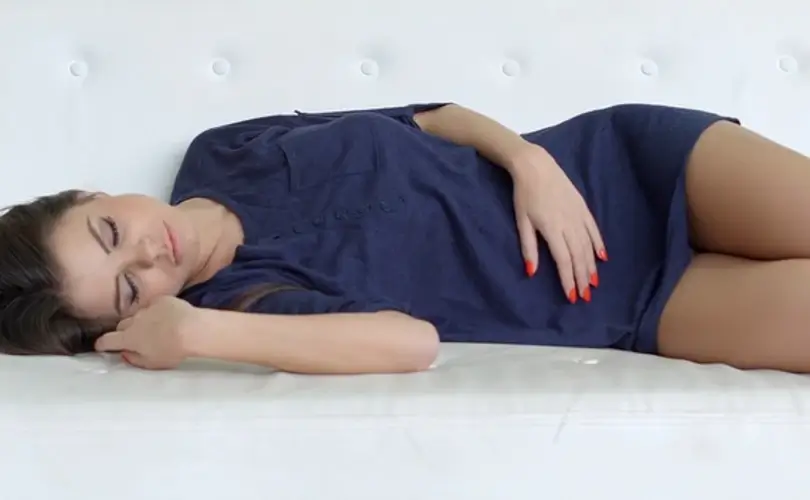Charles Hall, a design student at San Francisco State University, created waterbeds in the 1960s. Water’s buoyancy inspired Hall to design a more pleasant and supportive sleeping surface. After experimenting with various mattress water-filling methods, he patented his concept in 1971.
Waterbeds were popular in the 1970s and 1980s. They were more lavish and comfy than regular beds. However, they were loud and hard to care for. Waterbeds lost popularity in the 1990s as memory foam mattresses became more popular.
Waterbed Benefits
Better support: Water buoyancy helps distribute weight and support the body. This is very helpful for back and joint pain sufferers. Waterbeds are more comfortable than standard mattresses because they adjust to the body. Tossing and turning can be reduced, and sleep improves. Newer waterbeds are quieter. Sound-dampening materials and baffles prevent water from sloshing. Waterbeds can help allergy sufferers. The water traps dust mites and other allergens, reducing allergic symptoms. Waterbeds may chill you down at night. Because water has a high heat capacity, it heats up slower than air.
Waterbed Drawbacks
Waterbeds are more costly than mattresses. Waterbeds are heavy and hard to shift.
Old waterbeds may be loud if not properly managed. Waterbeds need replenishing and cleaning. Waterbeds may only suit some. Motion sickness and balance issues may make waterbeds uncomfortable for certain people.
In recent years, waterbeds have gained popularity. Innovations have made waterbeds quieter and easier to maintain. Waterbeds may now be modified to fit individual sleepers in several sizes.
One of the most significant improvements in waterbed technology is microcellular foam. Microcellular foam is softer and more flexible than regular foam. This reduces noise and motion transfer, making it suitable for waterbeds.
Baffles are another novel waterbed technology. Within the waterbed mattress are baffles. They stabilize the bed and prevent water from sloshing. This can help motion-sick or balance-challenged folks.
In addition to microcellular foam and baffles, several novel waterbed innovations make them more pleasant and easy to maintain. This includes:
Sound-dampening materials reduce waterbed noise.
Anti-microbial treatments prevent mold and mildew in waterbeds.
These devices automatically clean waterbeds with chemicals or UV light.
These new technologies make water mattresses a more practical choice for pleasant and supportive resting. They also make waterbeds more accessible to allergy and motion sickness sufferers.
Conclusion
People searching for a comfy and supportive sleeping surface may consider waterbeds. They provide improved support, comfort, noise reduction, and allergy relief. Waterbeds are costly, heavy, loud, and hard to maintain. To decide if a waterbed is best for you, assess the advantages and downsides.

Dominic E. is a passionate filmmaker navigating the exciting intersection of art and science. By day, he delves into the complexities of the human body as a full-time medical writer, meticulously translating intricate medical concepts into accessible and engaging narratives. By night, he explores the boundless realm of cinematic storytelling, crafting narratives that evoke emotion and challenge perspectives.
Film Student and Full-time Medical Writer for ContentVendor.com




